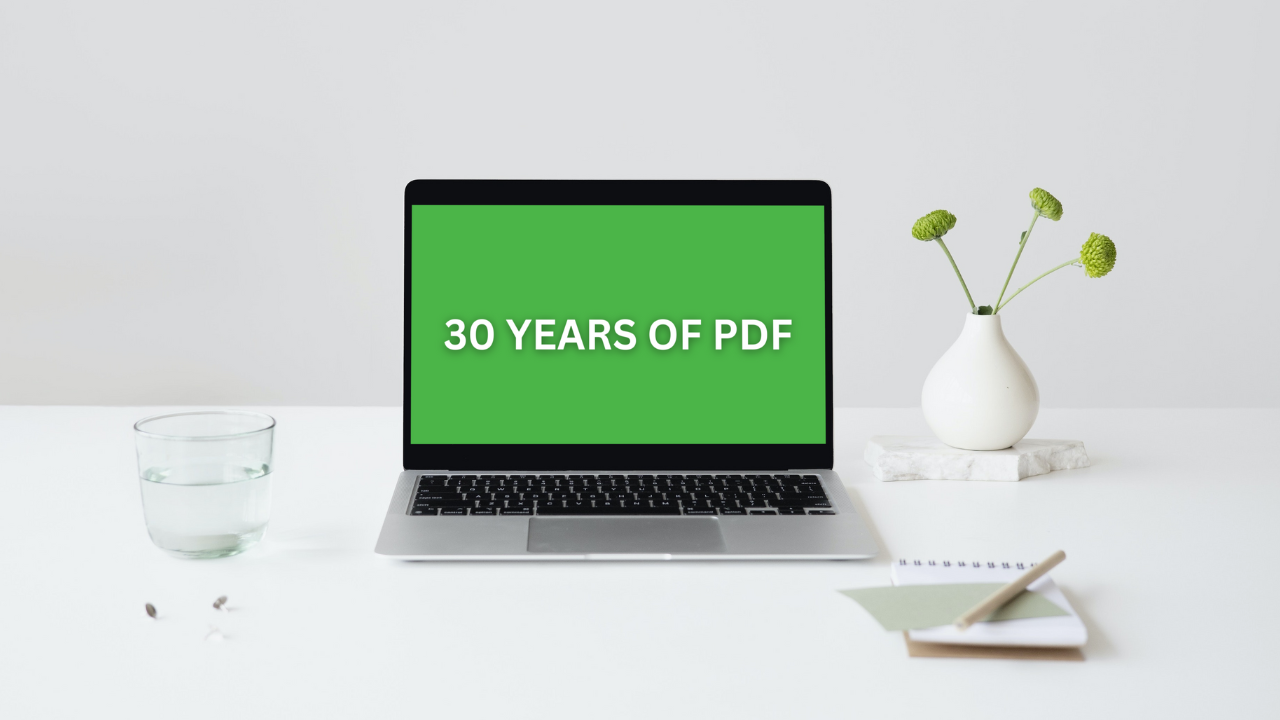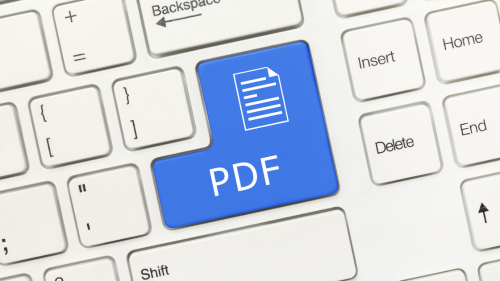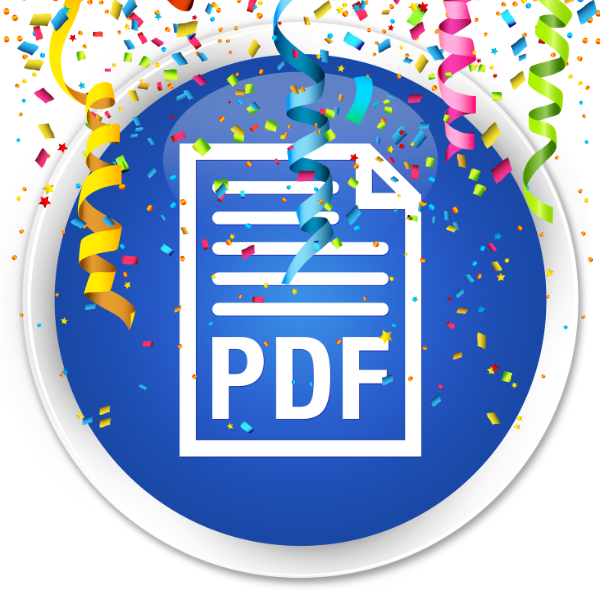As 2023 unfolds, we celebrate 30 years of PDF – the groundbreaking legacy of the Portable Document Format, a true digital pioneer developed by Adobe Systems. PDF has revolutionized the way we create, share, and store documents.
In 2008, Adobe handed over control of the PDF format to the International Organization for Standardization (ISO), making it an open standard. Since then, PDF has continuously evolved, adapting to the ever-expanding possibilities of the digital realm. Its 30th anniversary signifies a remarkable milestone in the history of digital communication and document management.
The Birth of PDF and Its Enduring Legacy
The genesis of PDF can be traced back to the visionary mind of John Warnock and the ambitious Camelot Project. Frustrated with the limitations of exchanging documents across different platforms and devices, Warnock sought to create a universal format that would preserve the integrity of documents while remaining platform-independent. This ambitious endeavor laid the foundation for PDF’s birth in 1993.
PDF 1.0, the initial version, brought with it a host of features that set it apart from other formats of its time. It introduced a revolutionary concept of a self-contained document, incorporating fonts, images, and layout information into a single file. This breakthrough ensured that documents would retain their original formatting across various operating systems and hardware configurations. PDF’s ultimate goal was to enable seamless document exchange, irrespective of the software used to create them.
As PDF gained popularity, Adobe continued to expand its capabilities. Search functions were added, allowing users to locate specific content within large documents with ease. Article threads transformed the way users interacted with academic and research articles, making navigation more intuitive. Encryption technology further enhanced PDF security, ensuring that sensitive information remained protected.
PDF’s Evolution in the Digital Age
Adobe’s commitment to PDF development has remained steadfast over the years. This dedication is evident in their collaboration with Microsoft, resulting in seamless integration with Microsoft Office products. The ability to convert Word, Excel, and PowerPoint files to PDF and vice versa has greatly simplified document exchange and fostered compatibility across platforms.
In recent times, PDF has undergone exciting advancements to meet the changing needs of users. Audiovisual content inclusion has brought interactivity to PDFs, allowing the embedding of videos and audio files. This innovation has expanded the possibilities for presentations, e-books, and digital portfolios.
Furthermore, Liquid mode has revolutionized mobile reading, adapting PDFs to different screen sizes and orientations for optimal viewing and navigation.
The significant role of artificial intelligence (AI) in enhancing PDF capabilities cannot be overlooked. Through the application of machine learning algorithms, AI has greatly improved document recognition, text extraction, and document analysis. These advancements have revolutionized the way we work with PDFs, streamlining processes, reducing manual effort, and saving precious time.
The Global Impact of PDF
The impact of PDF on a global scale cannot be overstated. Impressive statistics reveal the extent of its reach and influence. Each year, billions of PDF files are opened worldwide, spanning industries, governments, and individuals. From business contracts to educational materials, PDFs have become the de facto standard for document sharing and archiving.
The advent of mobile scanning technology has revolutionized the process of digitizing physical documents. With a simple smartphone camera, individuals and organizations can effortlessly convert paper documents into high-quality PDFs, unleashing the power of Optical Character Recognition (OCR). This transformative capability not only makes documents easily searchable and shareable but also empowers users to embrace digital workflows and significantly reduce their dependence on traditional paper-based systems.
PDF has reshaped communication worldwide. It has broken down barriers of distance and time, enabling seamless collaboration and knowledge exchange. Whether it’s a legal agreement sent for a remote signature or a research paper shared across continents, PDF has become the trusted medium for transmitting information securely and reliably.
30 Years of PDF: The Present Significance
The resounding success of PDF speaks volumes through its billions of usages worldwide. This past year alone witnessed the opening of over 400 billion PDF files within Adobe products, showcasing its pervasive presence.
According to Adobe, Adobe Document Cloud facilitated more than 8 billion electronic transactions and digital signatures, streamlining secure document management. Moreover, users created over 2.5 billion documents utilizing scanning capabilities, making it easier to convert physical documents into high-quality PDFs. These remarkable achievements alone provide ample reason to celebrate the transformative power of PDF in our digital era.
In Conclusion: 30 Years Of PDF
The 30th anniversary of PDF stands as a testament to its enduring impact on digital document management. It has shaped the way we work, learn, and interact on a daily basis, becoming an essential tool for professionals, educators, and individuals alike.
As we look back at the legacy of PDF, we marvel at its transformation of the digital landscape. While celebrating this milestone, we eagerly anticipate the future of PDF, envisioning further advancements and innovations that will continue to shape the way we communicate and manage our digital documents.
More PDF Related Articles:
How To Enhance PDF Accessibility




Follow us